7 Vital Things to Know Before Traveling to Japan in the Summer
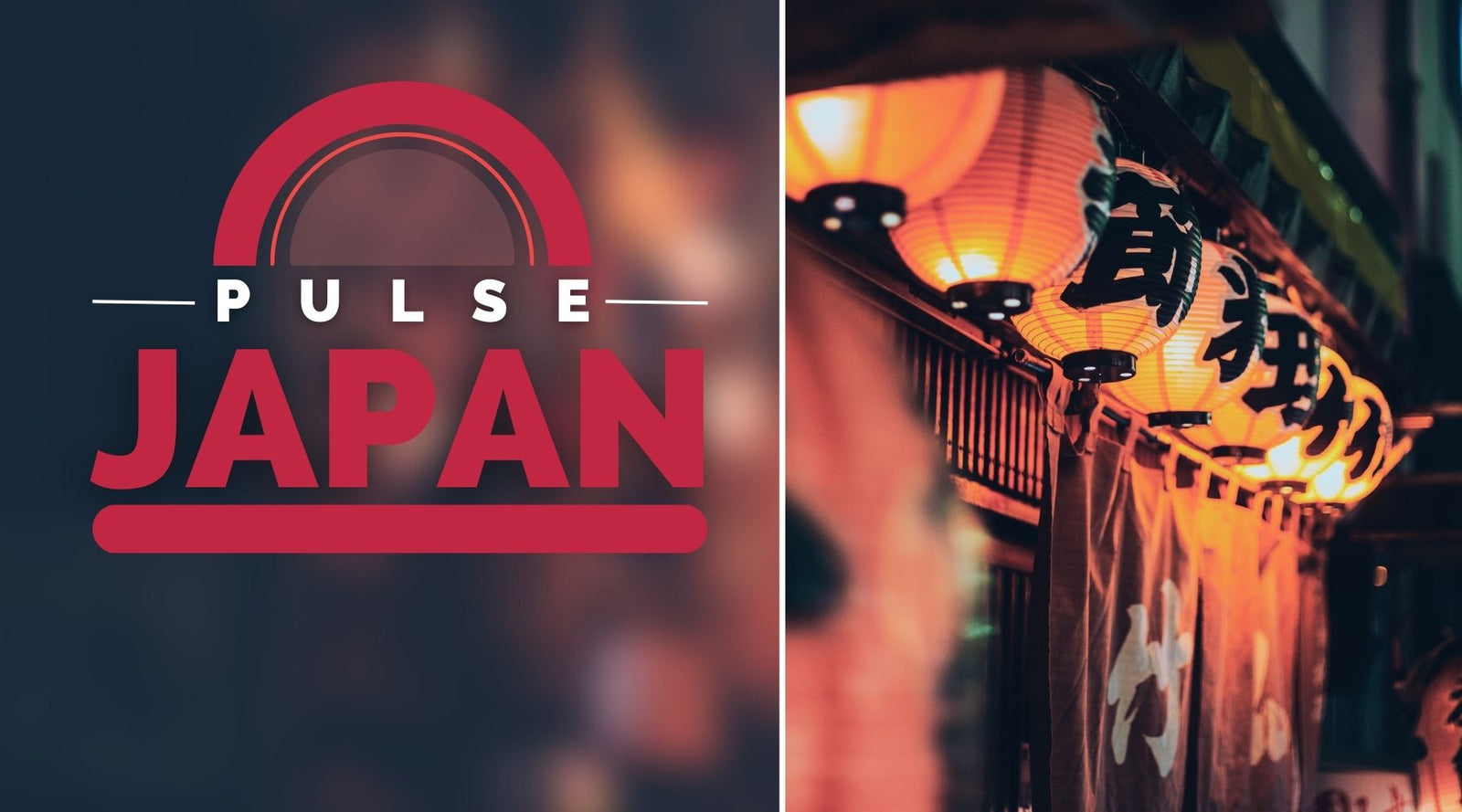
Japan, the Land of the Rising Sun, has long been a dream destination for countless foreigners around the world. With its rich cultural heritage, stunning landscapes, and delectable cuisine, it's no wonder that many aspire to visit this captivating country. The allure of traveling to Japan in the summer is particularly strong, as the season brings with it a host of unique experiences and festivities. From the vibrant colors of summer festivals to the mouthwatering seasonal delicacies, summer in Japan is a feast for the senses.
However, before embarking on your summer adventure in Japan, there are several vital things to consider. From navigating the sweltering heat and humidity to understanding cultural etiquette, being well-prepared can make all the difference in ensuring a smooth and enjoyable trip. In this blog post, we'll explore seven key considerations that every foreigner should keep in mind before traveling to Japan during the summer months.
1. High Temperatures and Humidity
One of the most significant aspects of summer in Japan is the intense heat and humidity. From June to August, temperatures often soar above 30°C (86°F), with humidity levels reaching a stifling 75-85% Source: Japan Living Guide. The combination of high temperatures and humidity can make it feel much hotter than the actual temperature, creating a sweltering and uncomfortable environment for those unaccustomed to such conditions.
To combat the heat, it's essential to stay hydrated by drinking plenty of water throughout the day. Carrying a reusable water bottle and refilling it at the numerous vending machines or convenience stores scattered across Japan is a convenient way to ensure you're always hydrated. Additionally, wearing lightweight, breathable clothing made from natural fabrics like cotton or linen can help keep you cool and comfortable. Opt for loose-fitting shirts, sundresses, or shorts to allow for better air circulation Source: Japan Travel.
When exploring the bustling streets of Tokyo or the historic sites of Kyoto, don't forget to take frequent breaks in air-conditioned spaces like cafes, department stores, or museums. These respites from the heat will help you recharge and continue your adventures with renewed energy.
2. Peak Tourist Season
Summer is undoubtedly one of the most popular times for tourists to visit Japan. The allure of vibrant festivals, fireworks displays, and outdoor activities draws visitors from all corners of the globe. However, this influx of tourists also means that popular attractions can become incredibly crowded, with long lines and wait times becoming the norm.
To navigate the crowds and make the most of your time, consider visiting popular sites early in the morning or later in the evening when the crowds tend to be smaller. Purchasing tickets in advance or opting for skip-the-line passes can also help you avoid lengthy queues. If you're planning to attend any major festivals or events, arrive early to secure a good spot and be prepared for large crowds.
One traveler shared their experience: "I visited the Fushimi Inari Shrine in Kyoto during the peak of summer, and it was packed with tourists. However, by arriving early in the morning, just as the shrine opened, I was able to explore the stunning torii gates without the crowds and capture some incredible photos." Source: Reddit
3. Cost Considerations
Traveling to Japan during the peak summer season can come with a higher price tag. Plane tickets tend to be more expensive due to the increased demand, and accommodations may also see a surge in prices. It's essential to budget accordingly and plan ahead to ensure you can make the most of your trip without breaking the bank.
One way to save on accommodations is to consider staying in budget-friendly options like hostels, capsule hotels, or Airbnb rentals. These alternatives often provide clean, comfortable lodging at a fraction of the cost of traditional hotels. Additionally, booking your accommodations and transportation well in advance can help you secure better rates and avoid last-minute price hikes.
When it comes to dining, Japan offers a wide range of options to suit every budget. From affordable conveyor belt sushi restaurants to delicious street food at summer festivals, there are plenty of ways to savor the flavors of Japan without overspending. Don't be afraid to venture off the beaten path and explore local eateries, as they often offer authentic and reasonably priced meals.
4. Cultural Etiquette
Japan is renowned for its unique cultural traditions and etiquette, and it's essential for foreigners to be mindful of these customs when visiting. One important aspect to consider during the summer months is appropriate attire, especially when visiting shrines, temples, or other sacred sites.
When entering a shrine or temple, it's generally expected to remove your shoes and wear modest clothing that covers your shoulders and knees. Shorts are acceptable at most places, but it's always a good idea to carry a light shawl or scarf to cover up if needed Source: Japan Travel. Additionally, be respectful of any signs or instructions regarding photography or behavior within these sacred spaces.
In general, Japanese people are incredibly welcoming and understanding towards foreigners, and they don't expect visitors to know all the
In general, Japanese people are incredibly welcoming and understanding towards foreigners, and they don't expect visitors to know all the social faux pas right off the bat Source: Klook. However, making an effort to learn and observe basic etiquette will go a long way in showing respect for the local culture and ensuring a more pleasant experience for everyone involved.
5. Outdoor Activities
While the summer heat can be intense in many parts of Japan, it also presents ideal conditions for outdoor enthusiasts in certain regions. The Japanese Alps and Hokkaido's wild national parks offer a refreshing escape from the sweltering cities, with cooler temperatures and stunning natural scenery Source: Audley Travel.
Hikers and nature lovers will find an abundance of trails to explore, ranging from gentle walks through lush forests to challenging mountain treks. The summer months also bring vibrant greenery and blooming wildflowers, creating a picturesque backdrop for outdoor adventures.
However, it's important to note that the rainy season, typically occurring from late May to mid-June or July, can impact outdoor plans. During this time, frequent rainfall and humid conditions can make hiking and other outdoor activities less enjoyable. Be sure to check weather forecasts and plan accordingly, packing appropriate rain gear and being prepared for potential changes in your itinerary.
6. Sun Protection
With the intense summer sun beating down, protecting yourself from its harmful rays is crucial when traveling in Japan. The strong UV rays can cause sunburn, skin damage, and even heat exhaustion if proper precautions aren't taken.
To shield yourself from the sun, it's recommended to wear a wide-brimmed hat or cap, along with sunglasses to protect your eyes. Applying a high-SPF sunscreen regularly, especially when spending extended periods outdoors, is also essential. Don't forget to reapply sunscreen every few hours, particularly if you're swimming or engaging in activities that cause sweating.
In addition to sunscreen, wearing lightweight, long-sleeved shirts and pants can provide an extra layer of protection against the sun's rays. Opting for light-colored, breathable fabrics will help keep you cool while shielding your skin. If you plan on spending a lot of time outdoors, consider investing in specialized UV-protective clothing for added peace of mind.
7. Local Cuisine
No trip to Japan would be complete without indulging in the country's mouthwatering cuisine. Summer brings with it a range of seasonal specialties that are not to be missed. From refreshing cold noodle dishes like zaru soba and hiyashi chuka to the delightful shaved ice treat known as kakigori, Japanese summer foods are designed to help beat the heat.
Street food stalls at summer festivals offer an array of tantalizing options, such as yakitori (grilled chicken skewers), takoyaki (octopus balls), and chocolate bananas. These savory and sweet treats are perfect for enjoying while strolling through the lively festival atmosphere.
When dining out, don't be afraid to try new dishes and flavors. Japan's culinary scene is renowned for its freshness, quality, and attention to detail. Whether you're sampling sushi at a local market, slurping ramen at a cozy noodle shop, or indulging in a multi-course kaiseki meal, the summer months offer endless opportunities to savor the best of Japanese gastronomy.
Conclusion
Traveling to Japan in the summer can be an unforgettable experience, filled with vibrant festivals, delicious cuisine, and awe-inspiring landscapes. However, to make the most of your trip, it's crucial to be well-prepared and mindful of the unique considerations that come with visiting during this season.
By keeping in mind the high temperatures and humidity, navigating peak tourist crowds, budgeting wisely, respecting cultural etiquette, seizing outdoor opportunities, protecting yourself from the sun, and savoring the local cuisine, you'll be well-equipped to embrace all that Japan has to offer during the summer months.
As you embark on your Japanese summer adventure, remember that the journey itself is often just as rewarding as the destination. Embrace the challenges, immerse yourself in the local culture, and let the beauty and wonder of Japan leave a lasting impression on your heart and mind. With these seven vital things in mind, you're ready to create unforgettable memories under the summer sun in the Land of the Rising Sun.
FINISHED












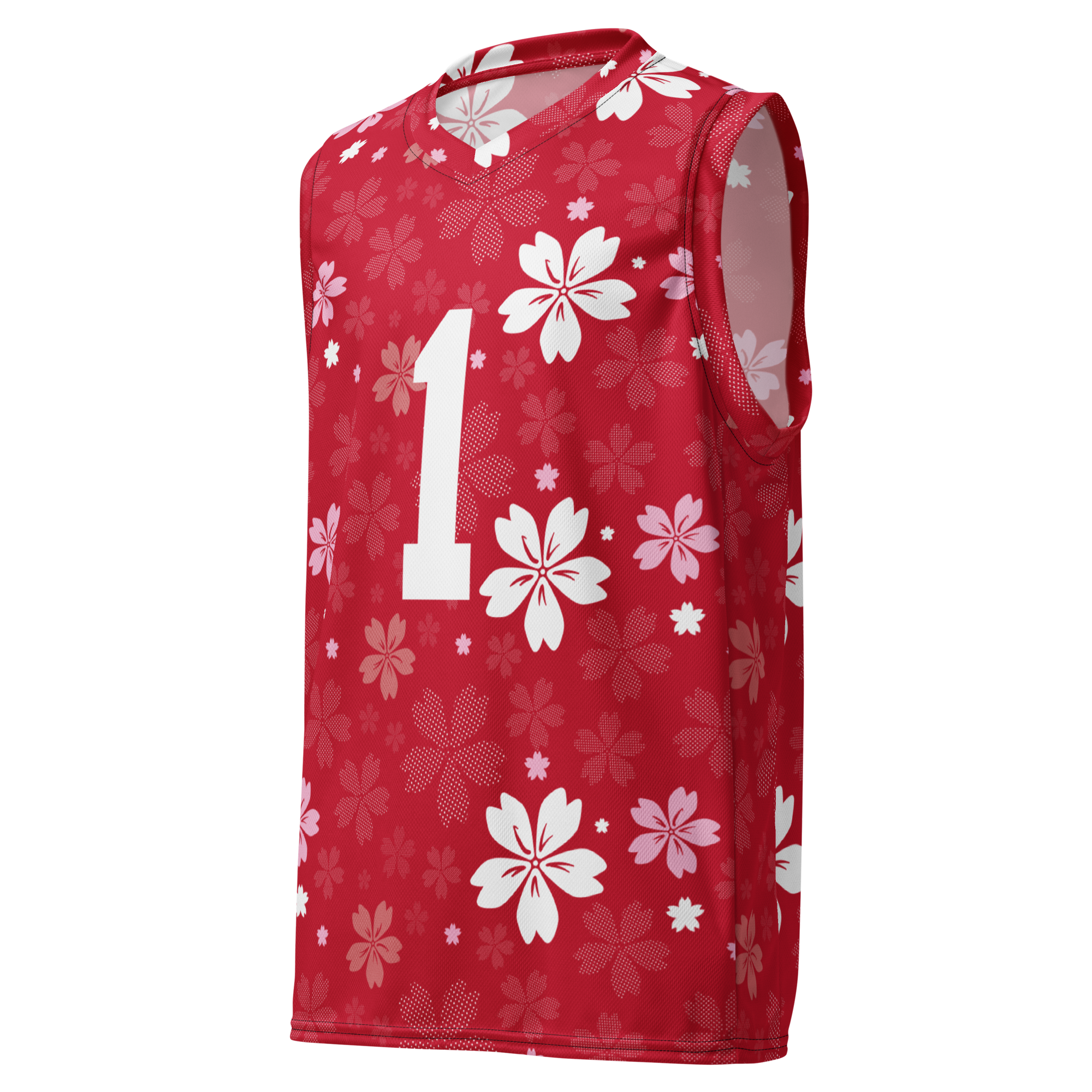
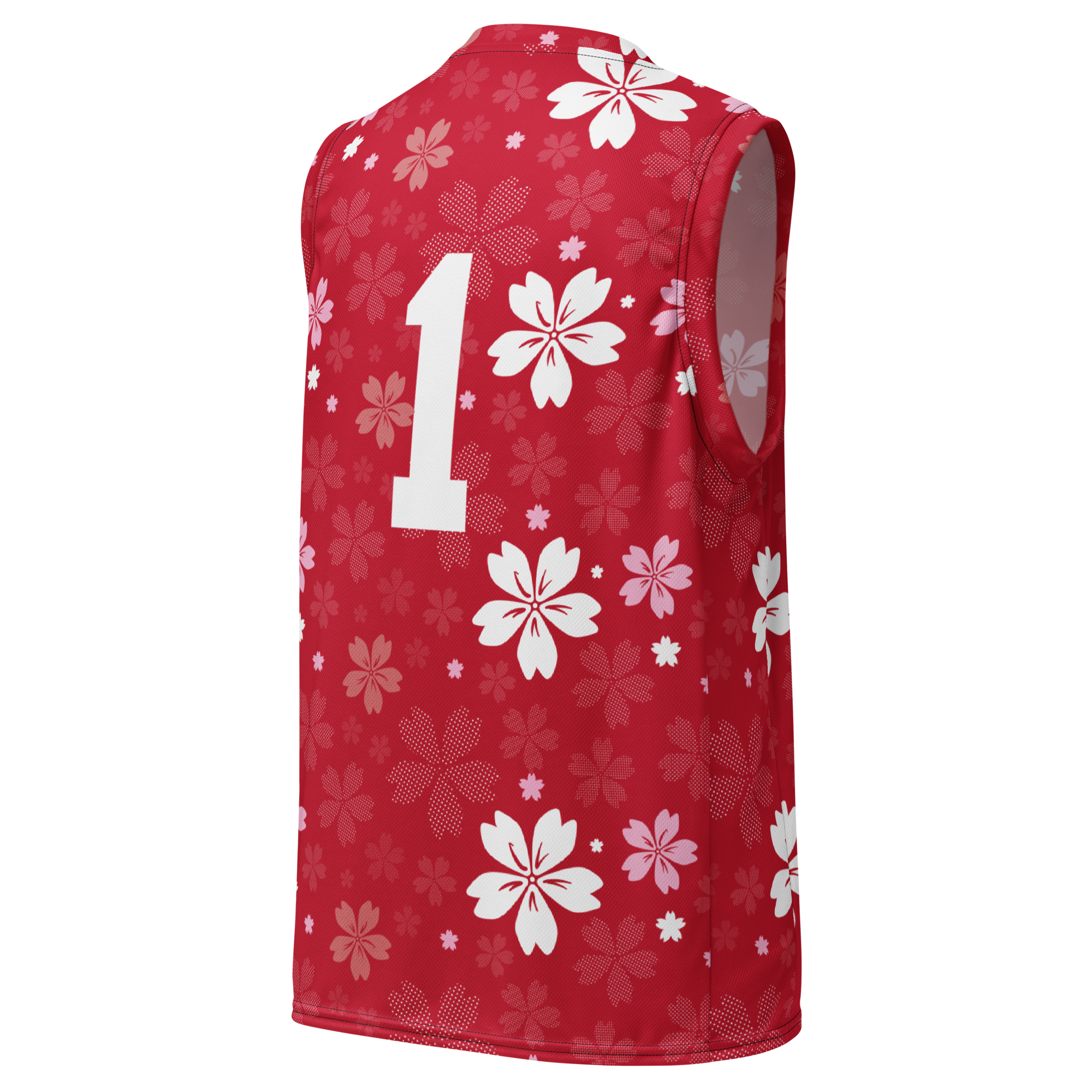








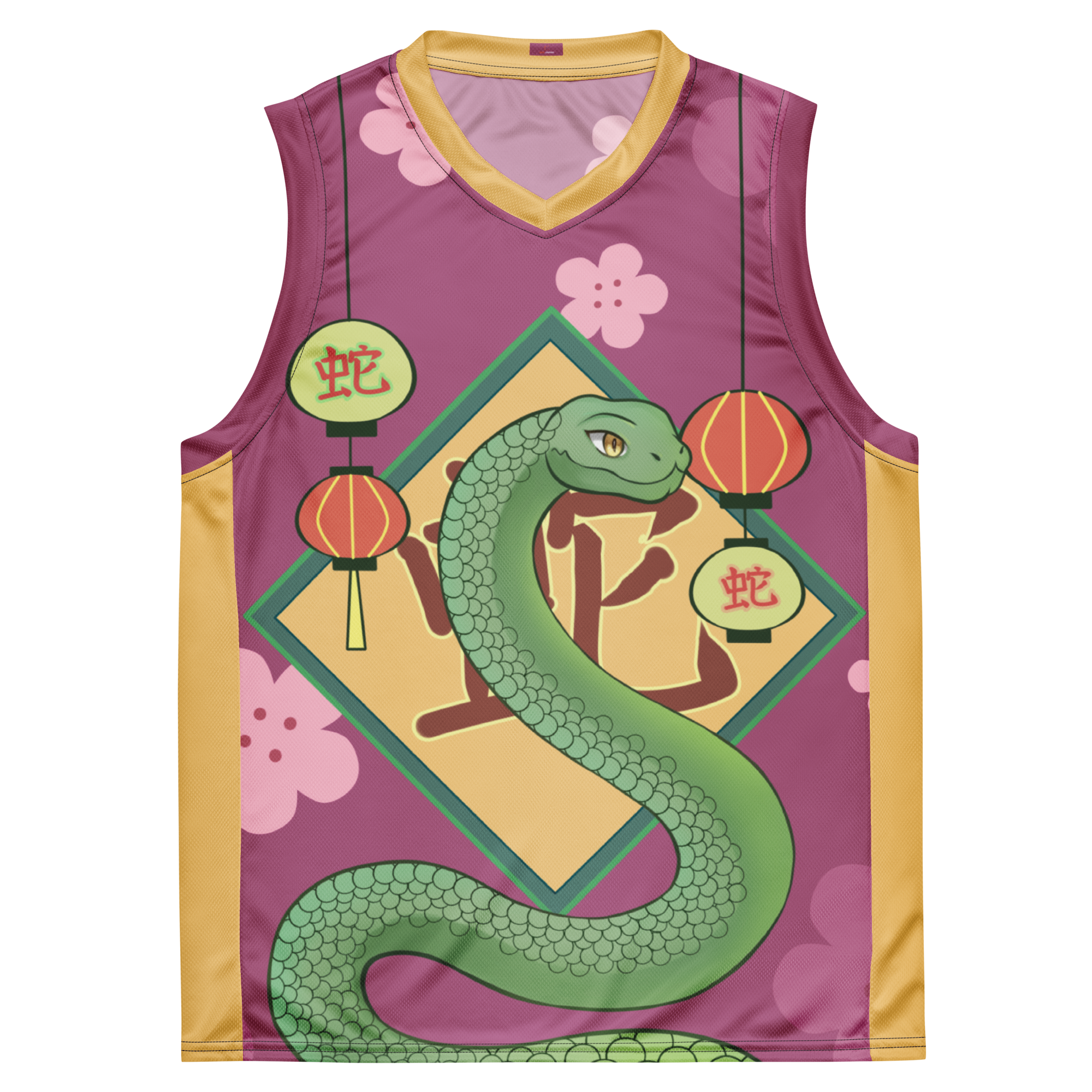
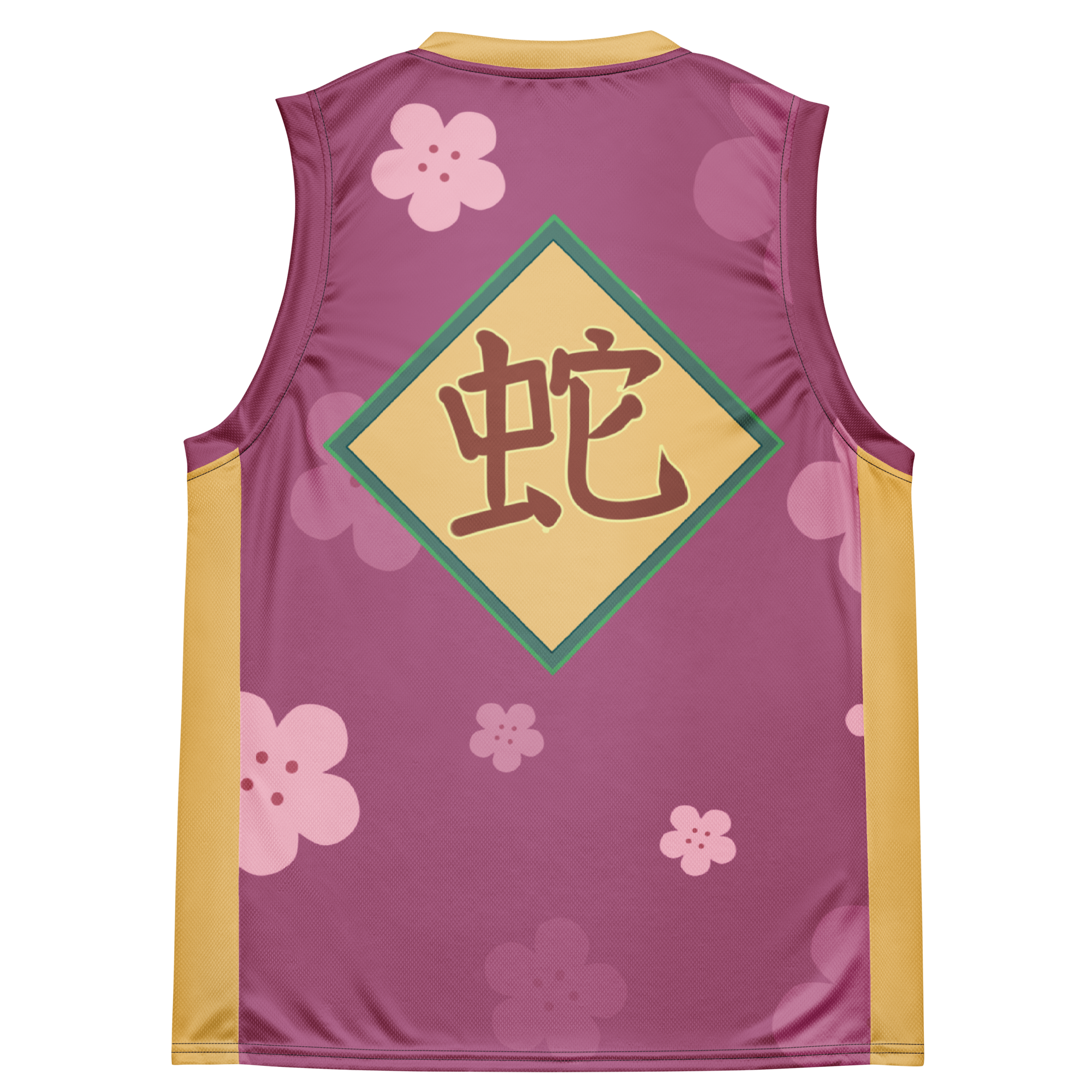
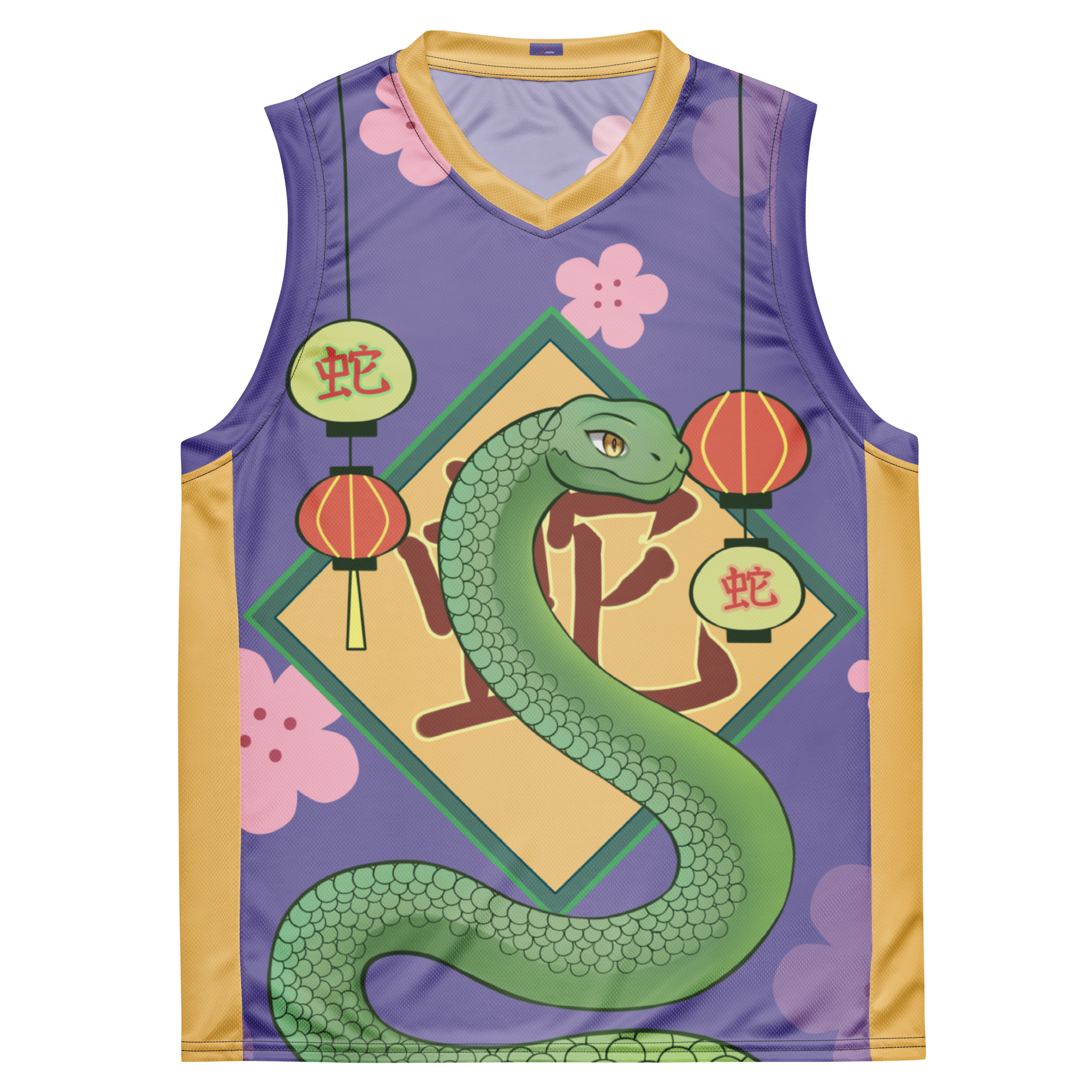
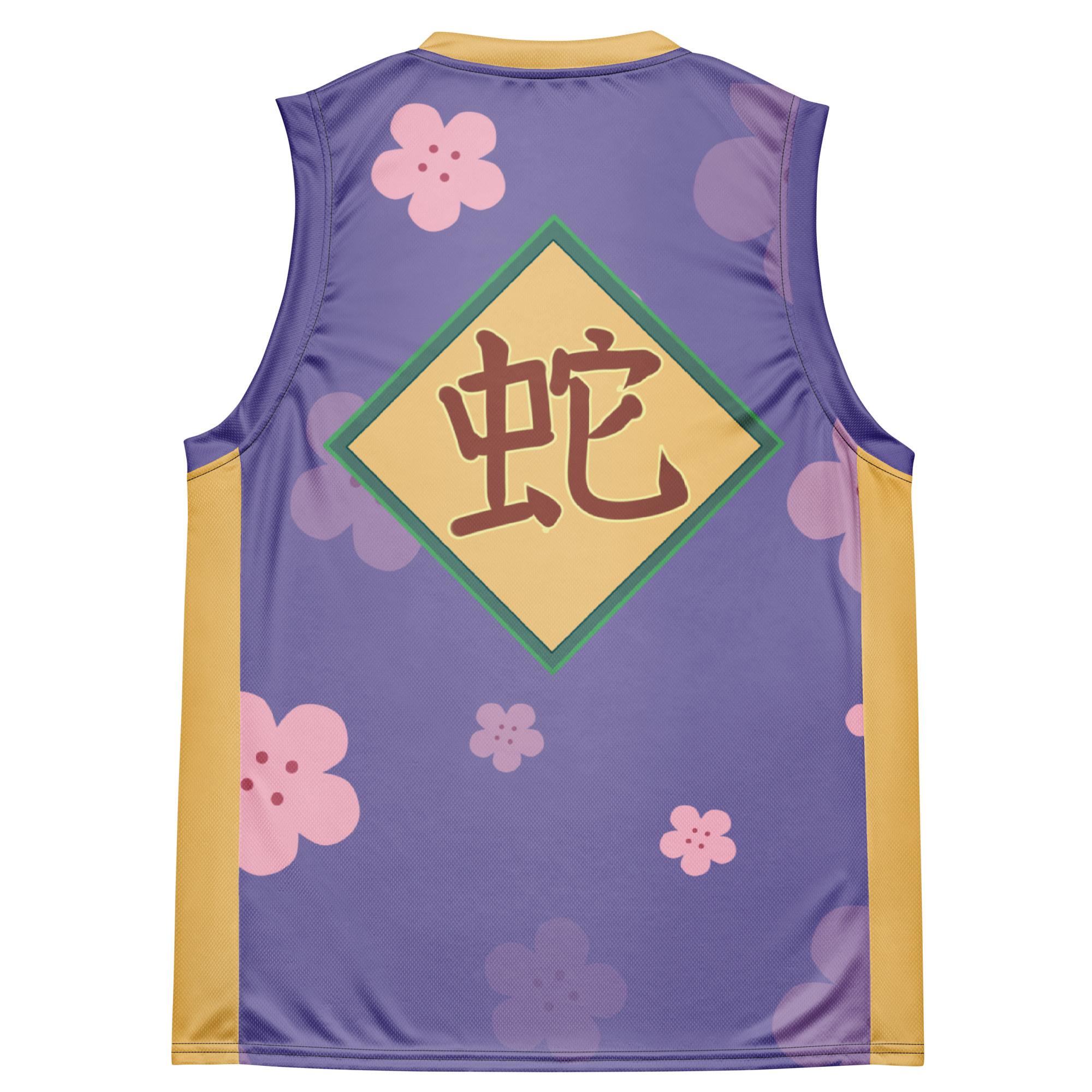
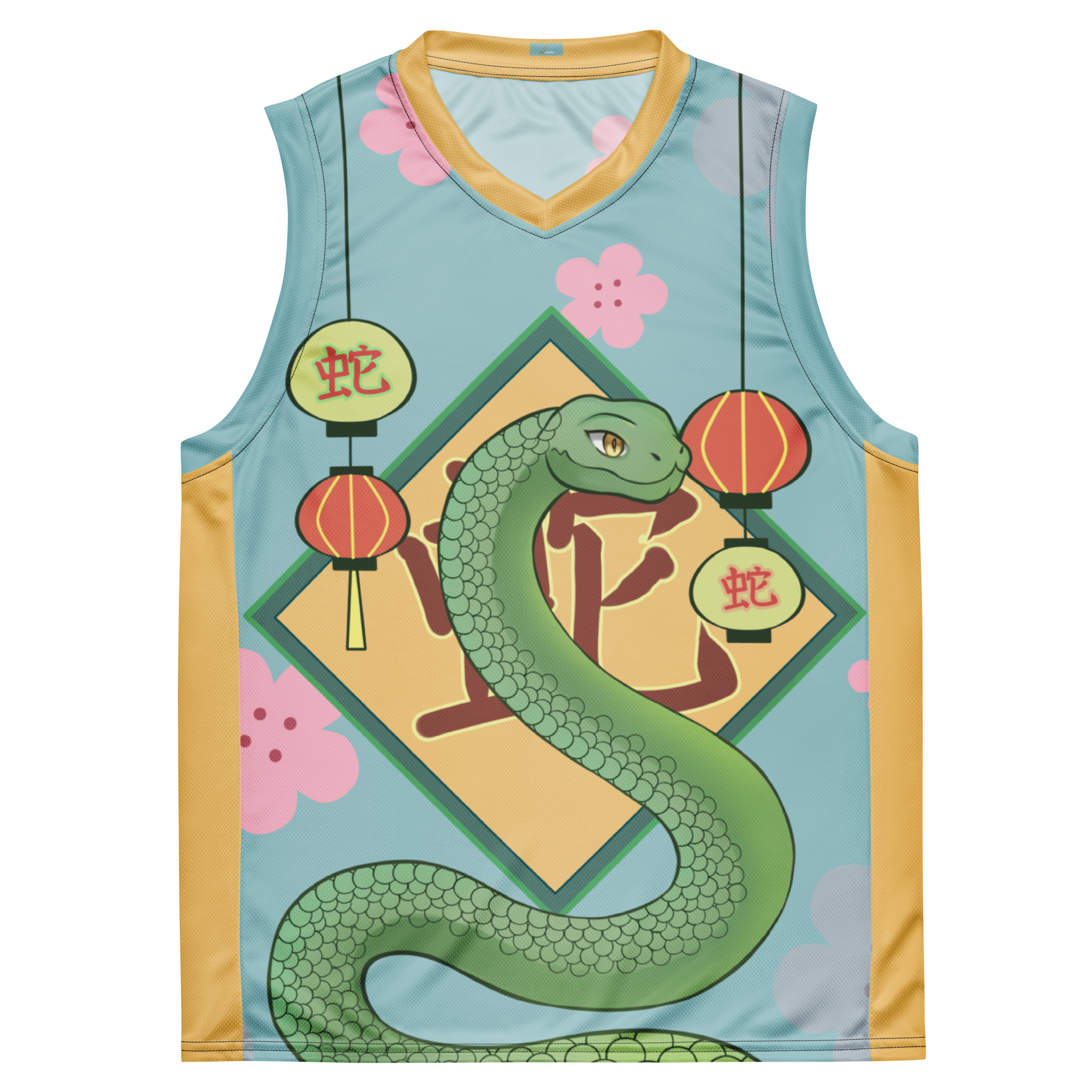
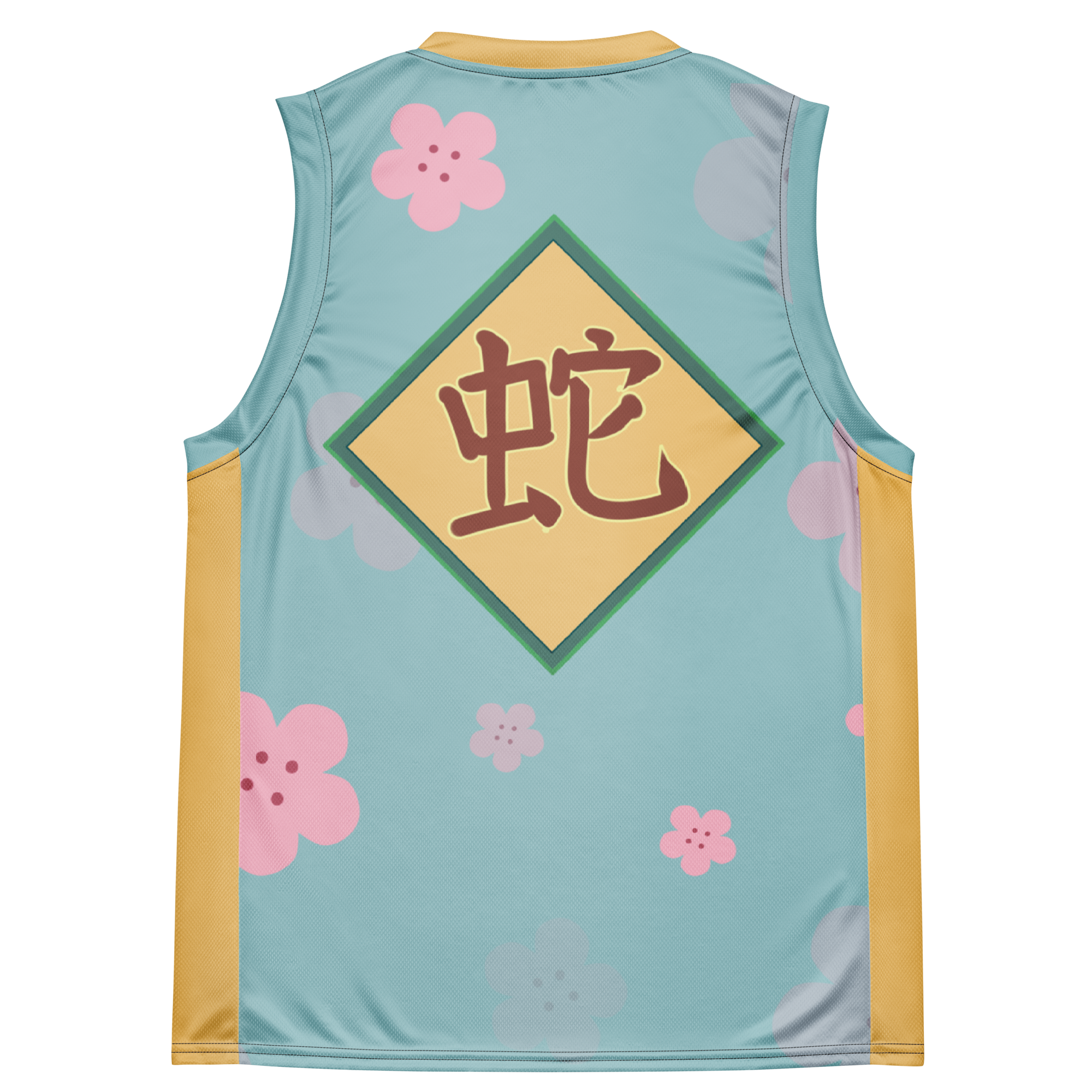














Leave a comment